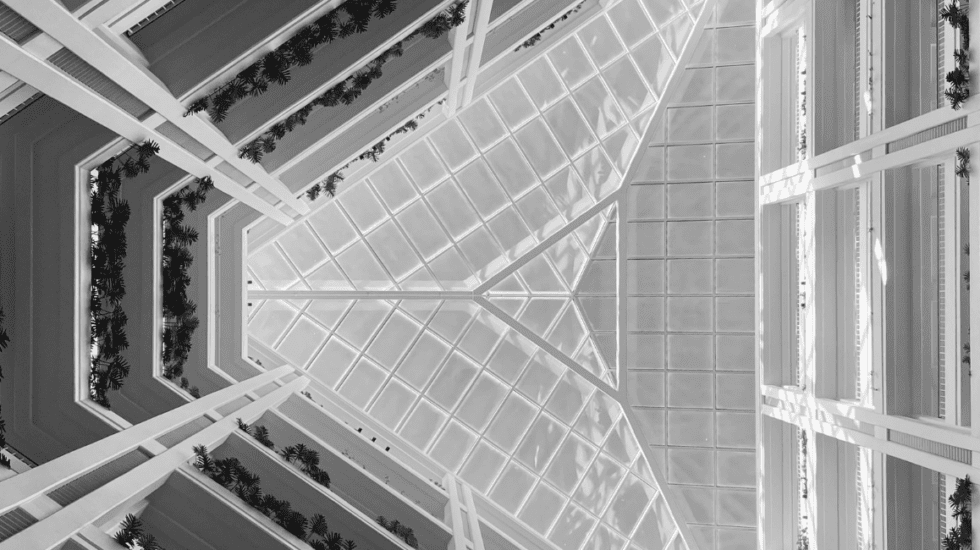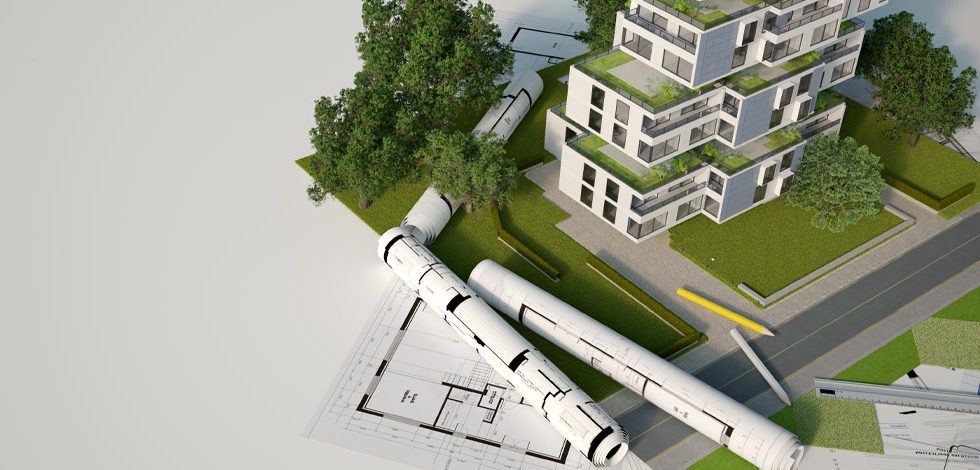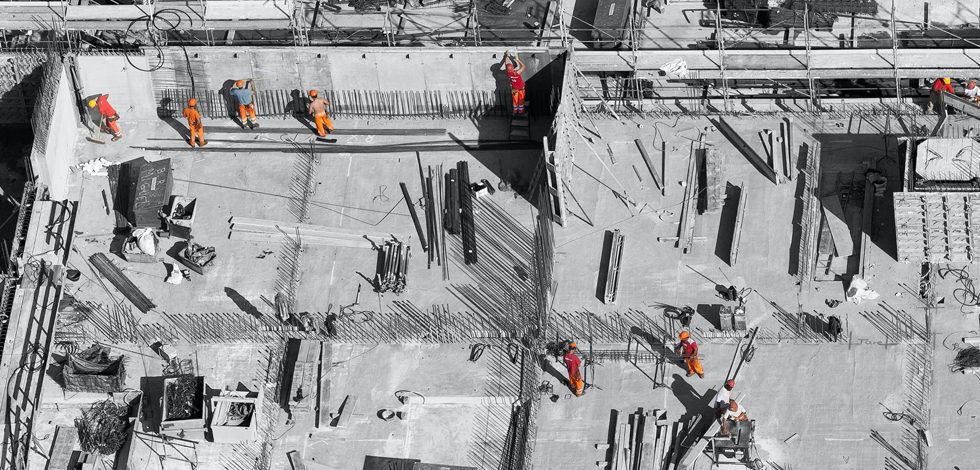Architects frequently discount architecture projects in conversations concerning R&D Tax scheme eligibility. The lack of consideration could be due to various factors, but it is most likely due to misunderstandings about the nature of their work.
Architects frequently assume that the definition of R&D for tax purposes does not apply to them, a challenge that has previously troubled the building industry. This misunderstanding directly relates to the domain of their work, i.e. outside “science or technology. Regarding the definition of R&D for tax purposes: “R&D for tax purposes takes place when a project seeks to achieve an advance in science or technology”.
Building a clear definition
It’s worthwhile asking, “What is architecture?” before we start deconstructing architecture for R&D. Although it appears to be a simple question, no easy response would satisfy people who work in and around the profession. Though the definition of architecture has developed to fit our present times and the surroundings in which it is practised, we may potentially summarise it as the “art and science of engineering” and construction for developing the built environment.
Architecture is a broad term covering a wide range of disciplines and sub-disciplines. These organisations collaborate to ensure that the built environment is safe and functional. Building physics, fluid dynamics, form-finding, acoustics, fire engineering, software development, mechanical and electrical engineering, and material science are recognised branches of science and technology explicitly established for architectural design. These can be classified as architectural technology, architectural engineering, or architecture engineering and are identified in the Frascati Manual’s Civil Engineering section. The Frascati Manual is the international standard for research and development.
It’s not just about looks.
It is critical to understand that, while architecture is concerned with human, social, and aesthetic dimensions, it is neither social science nor a solely artistic profession. Perhaps an analogy will help to illustrate this notion.
Tesla is an electric vehicle manufacturer. When the Model 3 was first released in 2017, some journalists and reviewers used words like “beautiful” to describe it, elevating its stature as an aesthetic item with a beneficial social/environmental impact. Whatever the case may be, it is unquestionably mobility/transport equipment, i.e. a vehicle, and it would be difficult to argue that, amongst other things, it is also a machine for driving in.
“La Maison est une machine a habiter,” or “The house is a machine for living in,” wrote Le Corbusier in his 1923 ultra-modernist architectural manifesto “Vers une Architecture” or “Toward an Architecture.” This notion that a building is an efficient tool to help provide for the necessities of life has become more accurate than ever in 2021. Complex HVAC systems, vertical transport, solar and air control technology, additive manufacturing technology, and modular components are packaged in equally complex NURB-Spline generated geometric envelopes.
Architecture is well within the sphere of R&D
To return to R&D for tax purposes, architecture is, among other things, a “science of making those devices for living, resting, and working in,” which places it within the scope of the R&D Tax Credit programme.
Many architects ignore the scheme and its benefits because they believe their projects do not match the requirements. Here are some examples of architectural projects that would be eligible for the R&D Tax scheme:
- Development of new materials or adaptation of materials in a novel context;
- Collaborative development of Design for Manufacturing and Assembly (DfMA) and Modern Method of Construction (MMC);
- Computational Performance‐based Generative Design incorporating solar and airflow studies;
- Development of geometry-definition/form-finding techniques for generation of the unique building envelope;
- Development of algorithms and workflows for automation in digital design;
- Development of sustainable architecture













No Comments